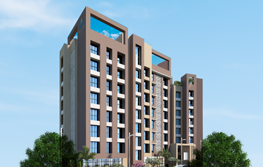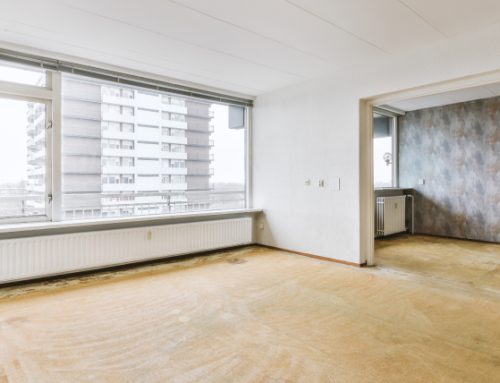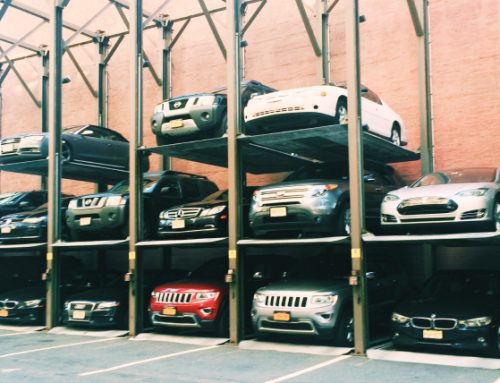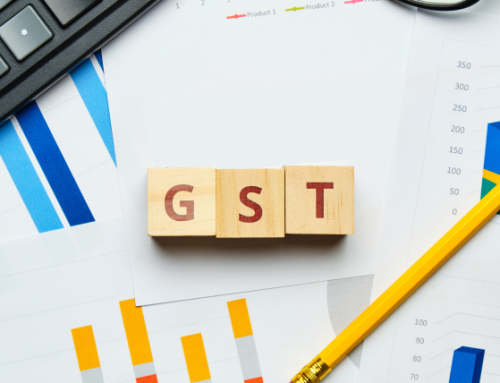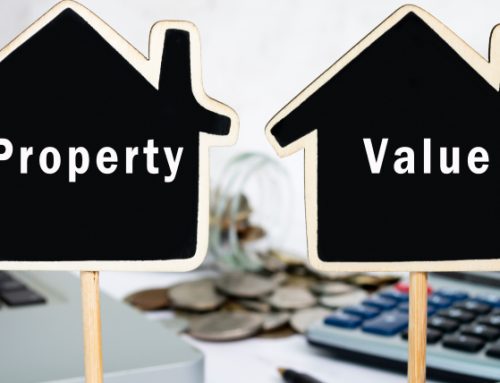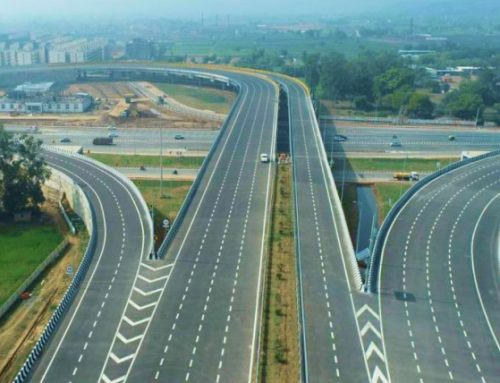There is a direct relationship between the amount of money supply that is available in the system and the amount of money that finds its way into the real estate market. This is because real estate is one of the most preferred investment classes in the world. It is considered to be a safe haven and one of the safest hedges against inflation.
However, very few people are aware of the fact that real estate also ends up creating more money supply! This is because of the way the modern fractional reserve banking system works. The more real estate is created, the more mortgage loans are made and the higher the money supply goes. This recursive relationship between real estate and money supply as well as how they propel each other higher has been detailed in this article.
Self Perpetuating Money Supply
The modern system of real estate investing creates a situation where in real estate catapults the money supply available in the system. This increased money supply then finds its way once again into the real estate sector. This never ending back and forth between the banking system and the real estate system creates an environment of rising real estate prices.
Since the fundamentals of the economy i.e. income levels are not changing, these rising prices are often a real estate bubble. This bubble bursts bringing the prices down for a short period of time. However, in the long run, due to the very nature of the process, real estate investments end up propping up the money supply and creating a self-enforcing and amplifying loop.
Mortgages Create Money
About 80% of the house purchases across the developed nations in the world take place on borrowed money. Hence, the term “house purchase” can be considered to be synonymous with the word “mortgage”. This seems to be a normal thing until one considers how the modern banking system works.
Banks do not lend out existing money, instead they create new money when they make loans. Therefore, whenever a bank makes a mortgage loan, it ends up creating that money and pumping it into the system. Therefore, the more mortgages there are, the more money there will be in the system.. This fact can be easily empirically verified by comparing the growth of mortgage loans in the banking industry to the amount of money supply in the economy. The two charts almost move simultaneously!
Money Creates High Inflation
Now, the problem with more money getting created is the fact that this newly created money revolves in the system. It derives its value by reducing the value of the other money in circulation. Therefore, in countries like the United States when the mortgage markets were booming, there was extremely high inflation in the market. The high inflation coupled with mediocre wages growth creates a scenario wherein the workers are losing real wages!
Inflation Creates High Prices
The money that was created as a result of the mortgages finds its way largely into the real estate sector once again. This is because increasing demand for real estate takes the prices higher causing buyers to queue up to buy what appear to be “profitable investments”
Now, excess money as well as excess demand in the system leads to the growth in the prices of real estate units. This further increases investor confidence that real estate is indeed an extremely profitable investment. The real estate prices which initially appeared to be disproportionately high given the economic fundamentals stay that way and the illusion begins to turn into reality! The inflated real estate prices become the new normal.
Speculation Creates More Mortgages
When speculators observe that some of their peers have made money by speculating on real estate, they too make an attempt to join the party. This further exerts an upward pressure on the real estate sector as excess money and excess demand now meet speculative intentions!
This is the perfect recipe for a bubble. Speculators drive the prices sky high through self reinforcing feedback loops. Higher prices in the past become the justification for even higher prices in the future! This period witnesses a rapid growth in mortgages as well as housing prices.
The Bust Phase
Finally, at an unpredictable point in time, the bubble bursts. The primary reason behind the bust is the unsustainable economic condition in the economy. At this point in time, many borrowers are simply unable to make payments to their banks. As a result, the bank has to foreclose these homes and write down the losses. However, very few people know the fact that when banks write down these losses, they actually write the money out of existence. Since mortgages were what created the money in the first place, when these mortgages cease to exist so does the money. As a result, the total money supply in the system is reduced and as a result the prices appear to have gone down.
Thus, mortgages and real estate prices have a huge influence on the money supply of the economy. Since money supply is one of the fundamental economic parameters, the real estate prices end up having a huge influence on the entire economy.
Source – www.managementstudyguide.com


